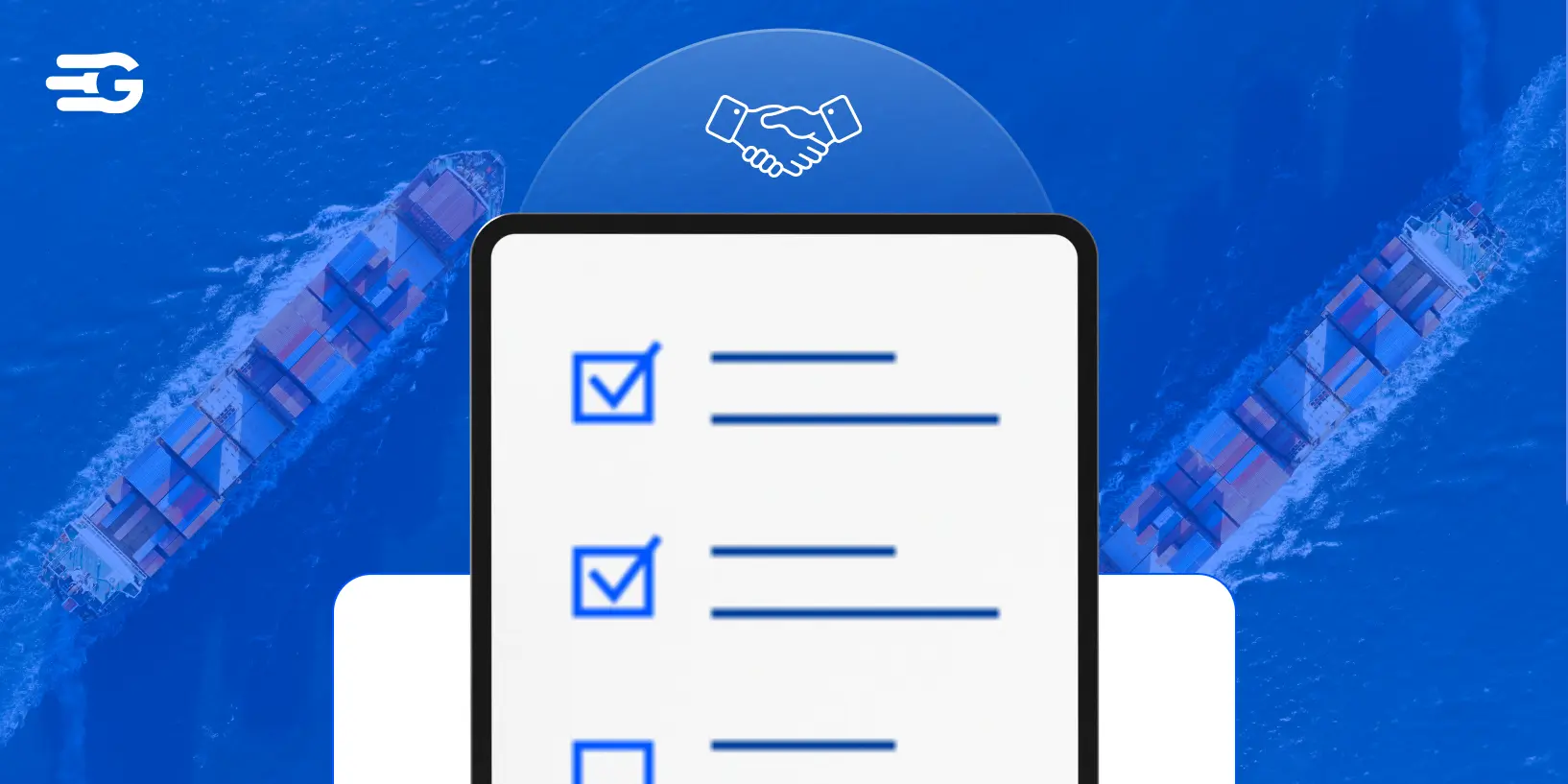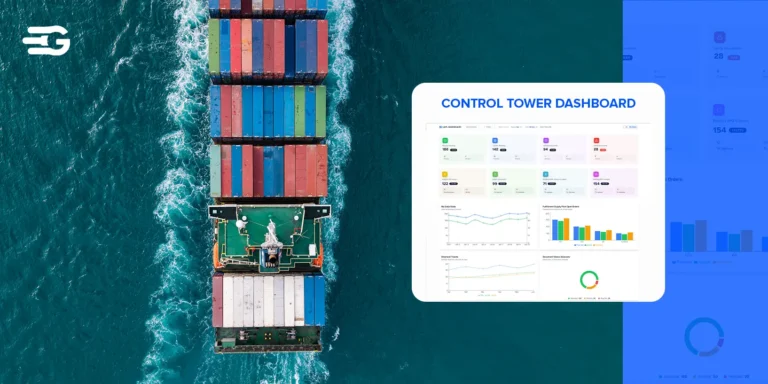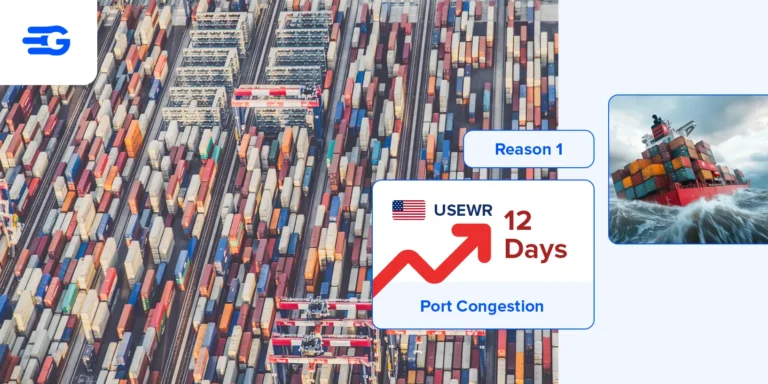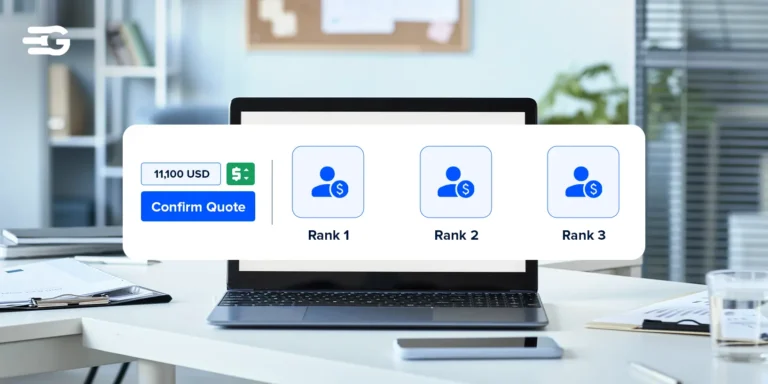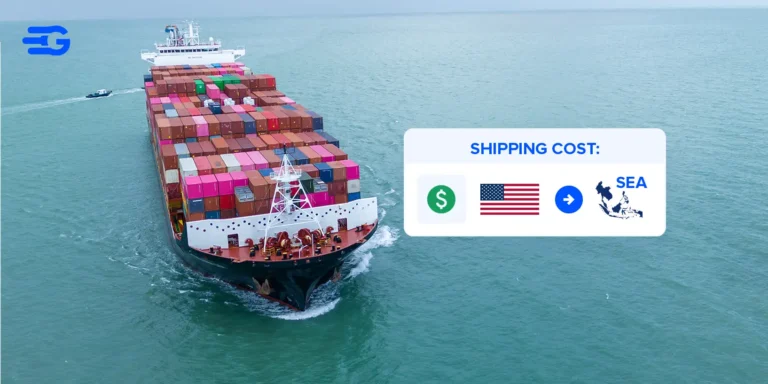What is Vendor Management? Complete Definition & Process Guide 2025
Logistics runs on relationships. Carriers, warehouses, brokers, suppliers – they’re all part of your extended team whether you realize it or not. The difference between a profitable month and a stressful one often comes down to how well these relationships work.
Most people think vendor management is just about contracts and pricing. It’s actually about building a network that functions like clockwork. When done right, your vendors become an extension of your own operations. Here’s the framework that makes it happen. If you’re ready to stop putting out fires and start preventing them, this breakdown is for you.
What is Vendor Management?
Vendor management is how you handle relationships with outside companies that provide services to your business. It’s basically making sure these partners do what they promise, when they promise it.
This includes picking the right vendors, setting clear expectations, tracking their performance, and dealing with problems when they come up.
Good vendor management means your trucking company actually shows up on time, your warehouse can handle busy periods without drama, and your freight forwarder calls you before problems become disasters. It’s about turning unreliable suppliers into dependable business partners who help you serve customers better instead of creating more work for you.
Key Components of Vendor Management
Understanding vendor management requires breaking down its core elements. Each piece matters when you’re trying to keep suppliers accountable and operations smooth.
- Vendor Selection and Evaluation – Checking if potential suppliers can actually handle your volume, meet deadlines, and stay financially stable enough to stick around.
- Contract Setup – Getting pricing, delivery terms, and penalty clauses in writing so everyone knows what happens when things go wrong.
- Performance Tracking – Watching whether vendors deliver on time, handle problems properly, and maintain quality standards week after week.
- Day-to-Day Relationship Management – Staying in touch with suppliers, solving issues before they escalate, and keeping partnerships productive.
- Risk Management – Spotting problems like financial trouble, capacity issues, or geographic disruptions before they hit your business.
With that said, let’s now take a look at processes you can use for effective vendor management.
Vendor Management Process: Step-by-Step
Implementing vendor management effectively means following steps that actually work in practice, not just theory.
Step 1: Find and Check Out Potential Vendors
Start by researching suppliers who handle your type of cargo and routes. Look at their equipment, driver availability, and insurance coverage. Check their safety scores and if possible, ask current customers about reliability issues.
Don’t just take their word for capabilities – verify everything.
Step 2: Pick Winners and Get Them Started
Choose vendors based on hard data, not sales pitches. Set up accounts in your systems, exchange contact lists, and run test shipments to see how they actually perform.
Make sure they understand your documentation requirements and communication preferences. Get their key people trained on your specific procedures before going live.
Step 3: Lock Down Contracts
Negotiate rates that make sense for both parties. Include specific penalties for late deliveries, damaged goods, or poor communication.
Set clear expectations for capacity during peak seasons. Build in review periods so you can adjust terms based on performance. Make termination clauses straightforward if things don’t work out.
Step 4: Keep Tabs on Performance
Track delivery times, damage rates, and response times to issues. Hold regular meetings to review performance data and address problems. Don’t wait for major failures – catch small issues early. Keep records of everything so you have documentation when making decisions about renewals or terminations.
Step 5: Decide Who Stays and Who Goes
Review vendor performance quarterly using actual data, not impressions. Reward good performers with more volume or better terms. Work with underperformers on improvement plans with specific deadlines. Replace vendors who can’t meet standards after reasonable attempts to fix problems.
Common Vendor Management Challenges
Even with solid processes in place, good vendor management becomes complicated when real-world problems hit your operations. These issues pop up regularly across logistics companies of all sizes.
- Rate Shopping Without Service Guarantees – Vendors offer low rates to win business, then hit you with surcharges, delays, or quality issues that cost more than paying higher rates upfront.
- Poor Communication During Problems – Vendors go silent when shipments are delayed, damaged, or stuck somewhere. You end up chasing them for updates while your customers are calling you for answers.
- Inconsistent Performance Across Different Routes – A carrier might be reliable for East Coast deliveries but terrible for cross-country hauls. Performance varies by lane, season, and driver availability.
- Capacity Issues During Peak Seasons – Suppliers promise space during busy periods but disappear when you actually need them. You’re left scrambling to find alternatives at premium rates.
- Contract Terms That Don’t Match Reality – Agreements look good on paper but fall apart when you try to enforce penalties or service requirements. Legal language doesn’t always translate to operational accountability.
These challenges increase costs, and damage relationships with your own customers when vendor problems cascade down the supply chain. Read the next section to counter these common challenges.
Best Practices for Vendor Management
Mastering vendor management means following approaches that prevent headaches and keep costs under control.
- Document Everything in Plain English
Write contracts and procedures that anyone can understand. Avoid legal jargon that creates confusion later. Include specific examples of what good performance looks like and what triggers penalties.
- Use Technology to Reduce Manual Work
Implement platforms like GoComet that automate rate requests, track shipments automatically, and flag performance issues (more on this in a minute). Let technology handle routine communications so your team can focus on exceptions and relationship building.
- Set Up Regular Check-ins That Actually Happen
Schedule weekly calls during busy periods and monthly reviews during normal times. Create standard agendas so nothing important gets missed. Use these meetings to catch problems early, not just review what already went wrong.
- Track Numbers That Matter to Your Business
Measure on-time pickup and delivery rates, not just transit times. Track damage claims and resolution speed. Monitor how quickly vendors respond to urgent requests. Focus on metrics that directly impact your customers.
- Build Backup Plans Before You Need Them
Maintain relationships with backup vendors even when your primary suppliers are performing well. Test alternates periodically to ensure they can handle your volume. Keep vendor databases current so you can pivot quickly when problems arise.
How GoComet Can Help Your Vendor Management
We decided to change how vendor management looks like by automating routine tasks and providing better visibility into supplier performance. Here’s how GoComet addresses common pain points.
- Automated Vendor Communication – The platform handles routine rate requests, status updates, and documentation exchange so your team doesn’t waste time on manual follow-ups and email chains.
- Competitive Rate Procurement – Get multiple quotes quickly through automated RFQ processes that encourage vendors to compete on both price and service levels for each shipment.
- Real-Time Shipment Tracking – Monitor all your shipments from different vendors on one dashboard instead of checking multiple carrier websites or waiting for email updates.
- Invoice Reconciliation and Audit – Automatically match invoices against agreed rates and flag discrepancies before payment, catching overcharges and billing errors that vendors hope you’ll miss.
GoComet turns vendor management from a manual, reactive process into an automated system.
In turn, you get better control over costs and performance while reducing the daily administrative burden.
Conclusion
The logistics industry is moving away from reactive vendor relationships toward proactive partnership management. Companies that implement structured vendor management processes see measurable improvements in delivery reliability, cost control, and operational efficiency within months of making the change.
Start with documenting current supplier performance, then gradually implement monitoring systems and communication protocols. Consider platforms like GoComet to automate the heavy lifting and provide data-driven insights. Schedule a demo to see how technology can streamline your vendor management processes.
